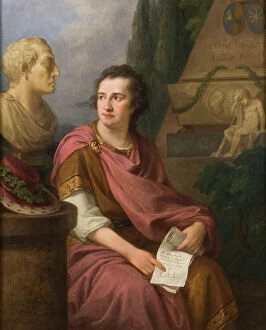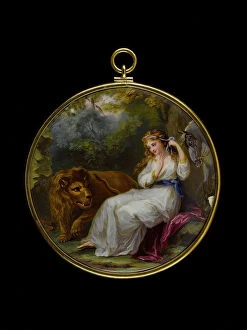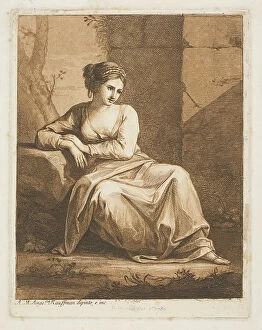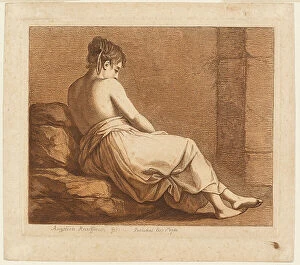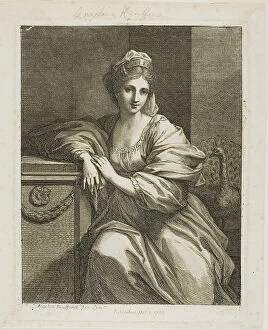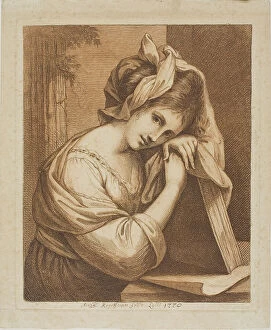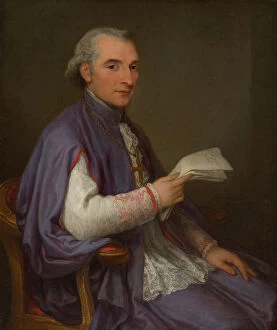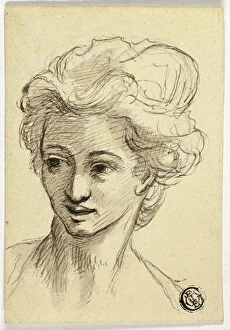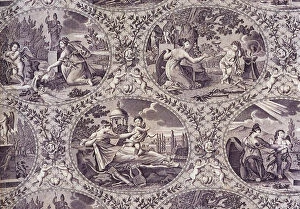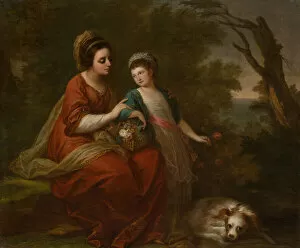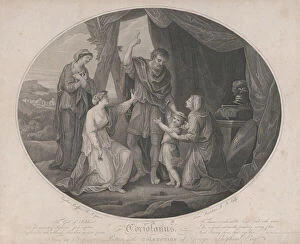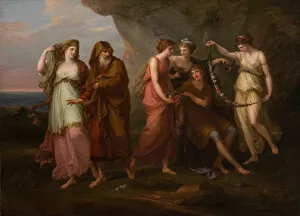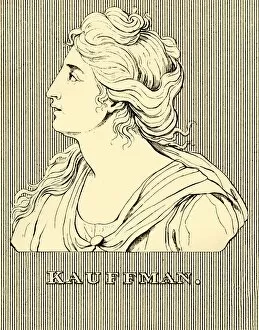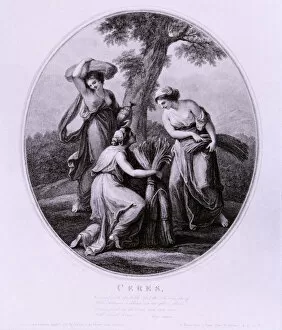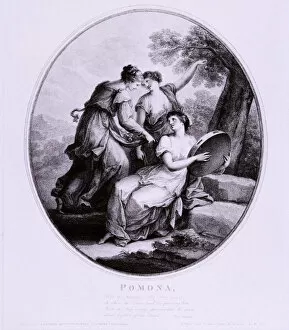Angelica Kaufmann Collection
Angelica Kauffman was a renowned Swiss artist who lived from 1741 to 1807
For sale as Licensed Images
Choose your image, Select your licence and Download the media
Angelica Kauffman was a renowned Swiss artist who lived from 1741 to 1807. She was highly regarded for her talent and versatility, excelling in various artistic mediums such as painting, engraving, and fabric design. One of her notable works is the portrait titled "Monsignor Giuseppe Spina, " which she created in 1798. This piece showcases Kauffman's skill in capturing the essence and personality of her subjects. Another captivating artwork attributed to Kauffman is "Head of Woman, Turning Left. " Although its exact date is unknown, it exemplifies the style that she became known for. The painting portrays a woman with an enigmatic expression, leaving viewers intrigued by her story. Kauffman also ventured into fabric design, as seen in "Allegorie al Amour (Homage to Love) (Furnishing Fabric)" from around 1815. This demonstrates her ability to translate her artistic vision onto different surfaces and materials. In addition to portraits and fabric designs, Kauffman painted scenes depicting familial relationships like "Mrs. Hugh Morgan and Her Daughter" from approximately 1771. Through this piece, she captures the tender bond between mother and child with great sensitivity. Her skills extended beyond painting; it also dabbled in engraving as shown through works like "Ahijah and the Wife of Jeroboam. " This medium allowed her to create intricate details while still conveying powerful narratives. Amongst other notable pieces are portraits such as "Dr. John Morgan" from 1764 or possibly Franciska Krasinska Duchess of Courland circa 1790 where she showcased her ability to capture both likeness and character flawlessly. Kauffmann's artistry even found inspiration from literature like Shakespeare's Coriolanus depicted in one of her works entitled "'The God of Soldiers' To Shame Invulnerable. . " Here we see how she translates dramatic scenes into visual form.



